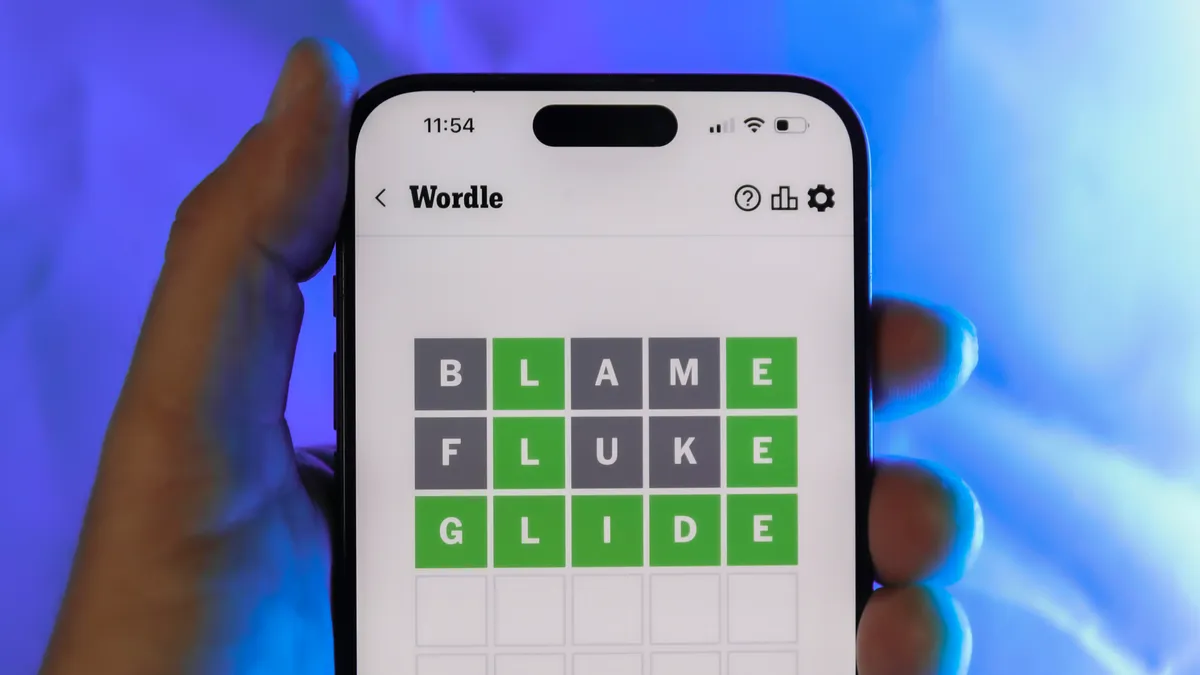1: Welcome to your daily dive into the New York Times Wordle puzzle! Today’s challenge, Wordle #1472 for June 30, 2025, offered a fresh test of vocabulary and deduction. For many, cracking the daily five-letter word is a cherished routine, a moment of satisfying linguistic discovery.
2: Before we reveal the solution, let’s consider some hints to help you feel like you truly conquered this puzzle on your own. This particular word contains only one vowel. It does not feature any repeated letters, which can sometimes simplify the guessing process. The word begins with a common two-letter consonant blend, a combination often seen at the start of English words. Its single vowel is centrally located, appearing in the third position. The final letter, while a consonant, is not among the most frequently occurring letters in the English language, adding a slight twist to the solution.
3: If you’ve pieced together the clues, or if you’re ready to confirm your thoughts, the answer to Wordle #1472 on June 30, 2025, is: BLINK.
4: Analyzing today’s word, BLINK, we can classify its difficulty as moderate. While ‘B’, ‘L’, and ‘N’ are common letters, the presence of ‘K’ at the end and the singular vowel ‘I’ might have made it tricky for some. Strategies that proved effective likely involved using starting words that cover a wide range of common consonants and vowels, particularly those that explore letters beyond ‘E’ and ‘A’. WordleBot, if it were to analyze this specific word, would likely highlight the value of quickly identifying the vowel and the initial consonant blend to narrow down possibilities.
5: Vowel frequency is a critical component of a robust Wordle strategy. The letter ‘E’ consistently ranks as the most frequent vowel, followed by ‘A’, ‘O’, ‘I’, and ‘U’. Knowing this hierarchy encourages players to select initial guesses that incorporate multiple common vowels, maximizing the chance of revealing correct letters or their positions early. For BLINK, having ‘I’ as the sole vowel means words rich in ‘E’ or ‘A’ might not have immediately provided the crucial vowel, requiring a pivot in subsequent guesses.
6: The positioning of letters, especially vowels, is another key insight. A significant number of five-letter words, including today’s answer BLINK, feature vowels in the second or third positions. The ‘I’ in BLINK perfectly fits this pattern, occupying the third spot. Recognizing this common structure can help players make more informed guesses, especially when they have identified a few consonants and are trying to place the missing vowels.
7: Based on these insights, strong starting words are those that incorporate a mix of high-frequency consonants and vowels. Words like ‘STARE’ or ‘CRANE’ are often recommended. ‘STARE’ brings ‘S’, ‘T’, ‘A’, ‘R’, ‘E’ to the table, hitting three of the top five vowels and common consonants. ‘CRANE’ similarly offers ‘C’, ‘R’, ‘A’, ‘N’, ‘E’. While neither directly hits ‘B’, ‘L’, ‘I’, or ‘K’ with perfect precision on the first go for BLINK, their broad letter coverage provides excellent foundational feedback, setting the solver up for success in subsequent attempts by systematically eliminating incorrect letters and confirming correct ones.
